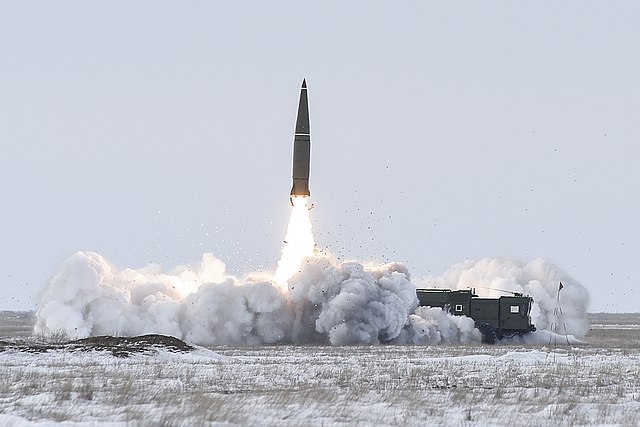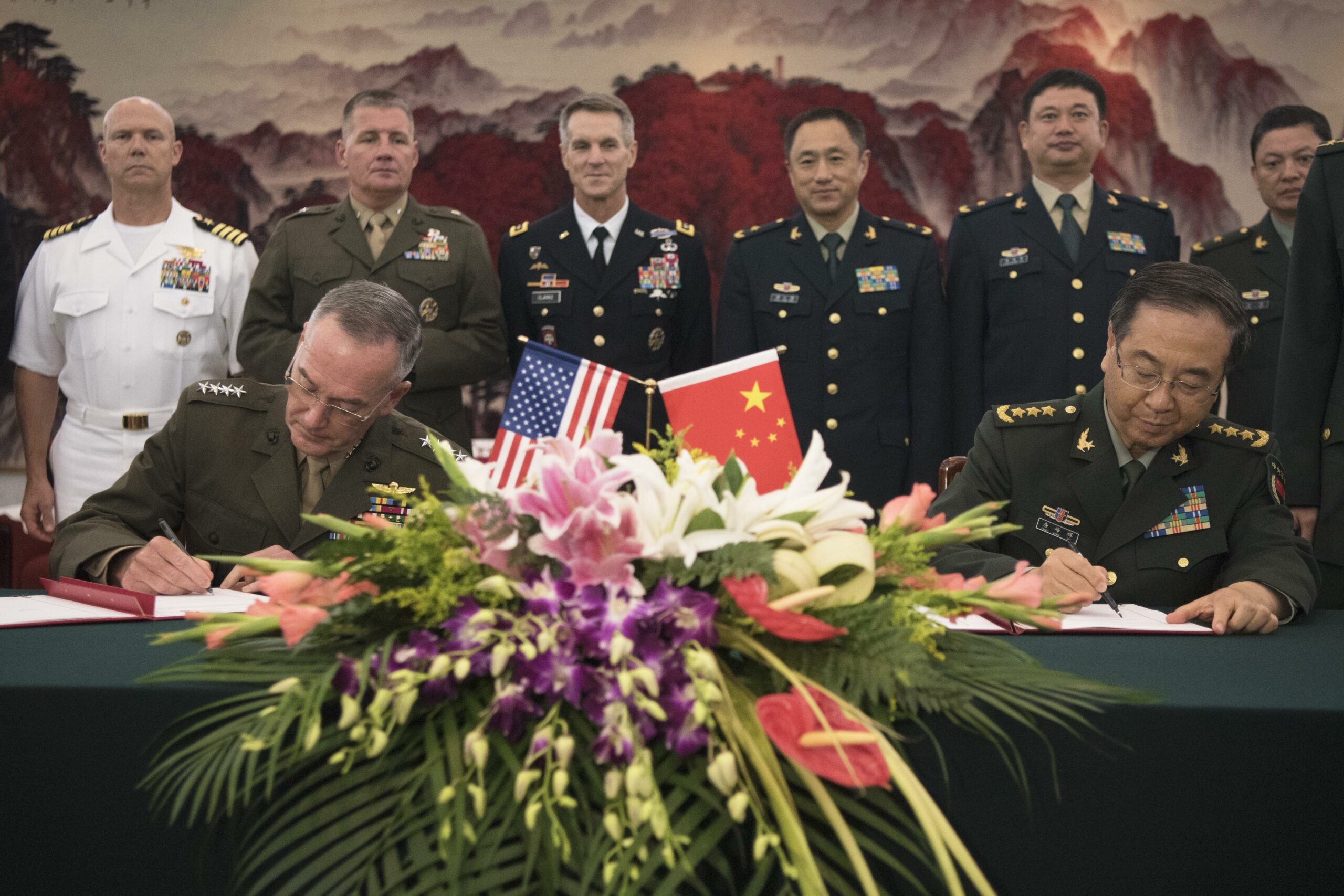Nuclear-Conventional Entanglement in Northeast Asia: The Case for Crisis Management Interoperability
In this report, Benjamin Zala surveys the growing nuclear-conventional entanglement risks in Northeast Asia as well as how entanglement is driving a new era of nuclear arms racing in response. Given the high likelihood of nuclear crises in Northeast Asia, he advocates for developing “crisis management interoperability” between allies armed with nuclear and strategic non-nuclear weapons, and stresses the need for a greater emphasis on assurance policies to complement the current focus on deterrent threats.
This report was prepared for the project “Reducing the Risk of Nuclear Weapon Use in Northeast Asia.” The research described in this paper was co-sponsored by the Research Center for Nuclear Weapons Abolition, Nagasaki University (RECNA), the Nautilus Institute for Security and Sustainability, and the Asia-Pacific Leadership Network for Nuclear Non-Proliferation and Disarmament (APLN), with collaboration from the Panel on Peace and Security of Northeast Asia (PSNA). MacArthur Foundation and New Land Foundation funding to Nautilus Institute supported this project.
This report is published simultaneously by the Nautilus Institute and by RECNA-Nagasaki University. This report is published under a 4.0 International Creative Commons License the terms of which are found here. It was first published in the Journal for Peace and Nuclear Disarmament here.
Click here to learn more about the project. Below is the report abstract.
Abstract
The dangers associated with the entanglement of nuclear and conventional forces have become an area of increasing concern. In this article, I survey the growing nuclear-conventional entanglement risks in Northeast Asia as well as the ways in which entanglement is driving a new era of nuclear arms racing in response. In order to better manage the risks of nuclear crises occurring, I outline the need for a greater emphasis on assurance policies to match the current focus on making deterrent threats. Given the high chance of such crisis nevertheless occurring in Northeast Asia in the years ahead, I make the case for developing what I call “crisis management interoperability” between allies armed with nuclear and strategic non-nuclear weapons. Such interoperability is aimed at ensuring that the difficult task of crisis signalling is not further complicated by alliances with entangled nuclear and conventional forces.
Keywords
Nuclear-conventional Entanglement; Crisis Management; Arms Race; Deterrence; Assurance
About the Author
Benjamin Zala is a Fellow in the Department of International Relations at the Australian National University. His work focuses on the politics of the great powers and the management of nuclear weapons and has appeared in over a dozen different peer-reviewed journals. He is the editor of National Perspectives on a Multipolar Order, (Manchester University Press, 2021). He has been a Stanton Nuclear Security Fellow at Harvard University and is currently an Honorary Fellow at the University of Leicester where he contributes to the European Research Council-funded project, Towards a Third Nuclear Age (https://thethirdnuclearage.com/).
Disclaimer: The opinions articulated above represent the views of the author(s) and do not necessarily reflect the position of the Asia Pacific Leadership Network or any of its members. The APLN’s website is a source of authoritative research and analysis and serves as a platform for debate and discussion among our senior network members, experts and practitioners, as well as the next generation of policymakers, analysts and advocates. Comments and responses can be emailed to apln@apln.network.
Image: A launch of the Russian Iskander-M, which can carry a tactical nuclear warhead, at the Kapustin Yar proving ground in March 2018. Wikimedia Commons



